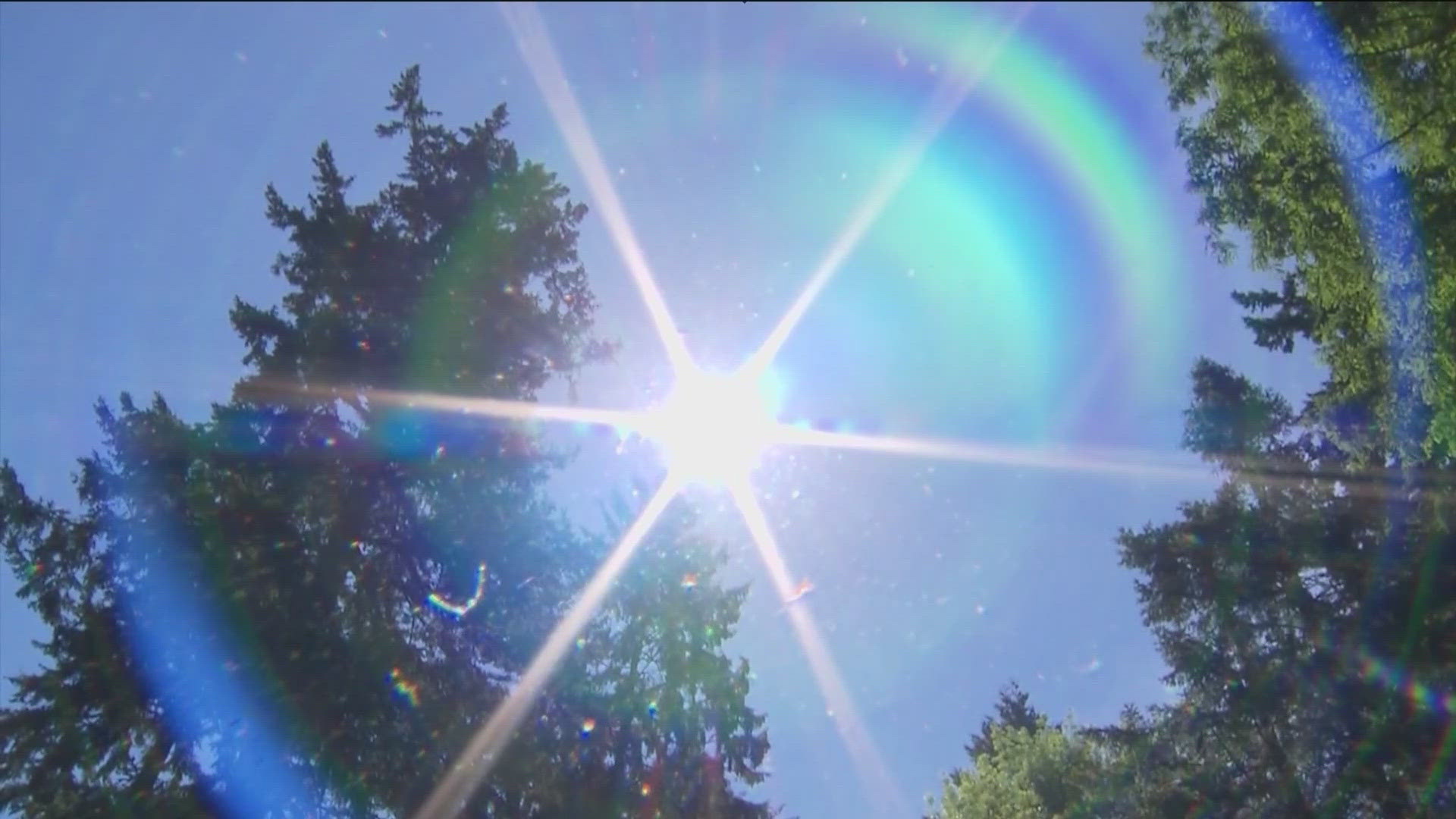TOLEDO, Ohio — Above-average temperatures continue to dominate our area and a study from the National Oceanic and Atmospheric Administration shows extreme heat kills more Americans than any other weather event impacting our vulnerable communities during the hotter months.
Volunteer community scientists in Toledo assisted NOAA with collecting data to evaluate the impact that heat has on our most vulnerable communities.
This study was conducted over six months starting in May and lasting through August and helped NOAA better understand where heat is distributed across the city on a typical hot summer day, how urban heat varies across neighborhoods and how local landscape features affect temperature and humidity.
Urban heat islands are urbanized areas that experience higher temperatures than outlying areas. Structures such as buildings, roads and other infrastructure absorb and re-emit the sun’s heat more than natural landscapes, causing warmer temperatures in those areas.
Ashish Sharma, a professor in the Department of Atmospheric Sciences at the University of Illinois Urbana-Champaign, says "It’s a very localized phenomenon over areas, but when it interacts with large scale climate flow dynamics impacts, maybe muted or maybe activated for example, when you have a regional pattern like a heat wave."
The results of the study show built-up areas in Toledo with unshaded parking lots appear to concentrate heat through the day pointing to the downtown area. As climate change continues to have impacts across the world, urban heat islands worsen.
"The maximum temperature and minimum temperature within 24 hours ... we call it diagonal temperature range, is decreasing over the last few decades," Sharma said. "But this means the temperatures in the cities are getting warmer in comparison to earlier in the century and this will continue to happen."
To combat the issue, the city of Toledo has pledged to plant more than 10,000 trees over the next few years to help reduce the heat concentration and mitigate urban heat island impacts in the city.

